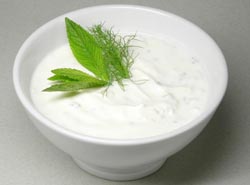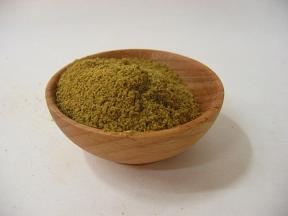
For hundreds of years Spain, or rather what would be Spain one day (most of the Iberian peninsula) was a peaceful place were the different religious creeds found tolerance. Jews, Muslims and Christians lived in the space of the same city. There were differences, for sure, but no enmity among them. This permitted each of these cultures to leave a legacy in what we know as the Spanish gastronomy or mediterranean diet, one of the most varied diets in the world.
If you ever send your kids to a Spanish summer camp, they will have the chance to sample and taste all the delicious dishes the healthy mediterranean diet has to offer. However it was a long process to get where we are, and the cuisine of Spain has certainly undegone a lot of foreign influence over the centuries.
In the year that Al-Andalus Muslims were expelled the Jews fared no better and they had to leave Sefarad (they Hebrew name for Spain) and their homes as well. This was all because the Catholic Monarchs (Ferdinand and Isabella) were rather fundamentalist and hence intolerant when it came to religion. Ferdinand and Isabella decided that they wanted the whole Iberian Peninsula to be Christian which meant that there had to be a change. Hence Muslims and Jews were given a choice: convert or get out. Of course it wasn't so blunt as that, but for those that didn't do either life became a lot harder.

It is important to note that gastronomy in the Hebrew tradition is much related to their religious activities and celebrations, as well as rules and prohibitions. We know that the Jews in Spain were generally wealthy, and some of their gastronomic traditions shocked people from other religions and social stratums, for instance preparing separately and never mixing milk and meat (some even had two kitchens to prepare them apart).
Some of the most common dishes in Sephardic gastronomy were breaded and fried courgettes and eggplant, a pie made with different types of cheese, egg and spices, djadjik; a soup like dish made with yogurt, cucumber and mint, seasoned with olive oil and vinegar among many others, as well as a countless variety of salads that included beetroot, courgettes, eggplant, cabbage, cauliflower, etc.
The Coran and the Torah both forbid the consumption of pork thousands of years before due to a parasitic disease: trichinosis; so they consumed other meats, lamb was the chief among them, since to them it was the most sacred animal. The prohibitions were more related to how the products were mixed rather than actual ingredients, save for pork.
Some historians claim is not really possible to speak about a Sephardic gastronomy specifically, since basically it was kosher tradition adapted to the region were they lived: kosher must be respected, yet the recipes varied according to availability of ingredients. However a lot of the typical Spanish food recipes have undoubtedly Sephardic (or Jewish) influence.
For instance gazpachos manchegos, prepared with unleavened bread is a direct legacy, so are the different "ollas" (stews prepared overnight or for many hours in clay pots) are inherited from the Jewish sabbath, where it was forbidden to prepare food, so the stews would be prepared before that day and only heated. Another cooking technique that derived from this was the act of pickling things, as it meant they would keep overnight. Also, it meant that they gained a stronger taste. Today, if you go to a Spanish tapas bar in Spain then you will most certainly see some pickled items on the menu, especially pickled fish.

The consumption of fish is also related to the Sephardic gastronomy. The wealthy Al Andalus classes were not exactly big fans of seafood, as they considered it unhealthy, but the Jews frequently ate fish on Sabbath. This extended to the Christian tradition as well, and fish would become the Sunday meal. The typical anchovy preparation "boquerones en vinagre" (anchovies in vinegar) is a direct legacy.
And the most typical spice? Cumin.
In Spain you will have access to a variety of dishes to taste, and you will very likely try some dishes influenced by Sephardic gastronomy even if you don't know; it prevails in the ingredients used, not only the preparation.